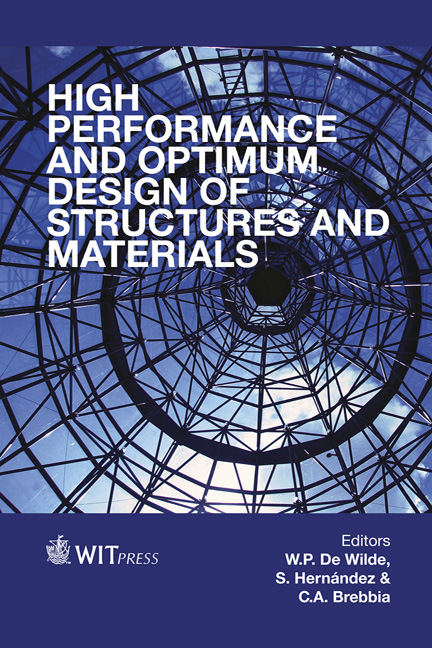Behaviour Of Creep Of Timber Beams Under Natural Environmental Conditions
Price
Free (open access)
Transaction
Volume
137
Pages
11
Page Range
479 - 489
Published
2014
Size
787 kb
Paper DOI
10.2495/HPSM140441
Copyright
WIT Press
Author(s)
A. Brokans & L. Ozola
Abstract
The current research is devoted to the investigation of relationships in creep behaviour of timber beams under natural environmental conditions with the purpose of detecting the factors significantly affecting such parameters as the variable moisture content of wood, temperature, stress level, span-depth ratio, macrostructure of wood and other factors, and to establish a mathematical model applicable for determining parameters related to prognosis of deflection of timber beams under variable loads. This study includes the analysis of experimental test results in static bending of 17 softwood (Pinus Sylvestris L.) beams with different span and span/depth ratios regarding a variation of moisture content, relative humidity and air temperature. The mathematical model examined in this study for the description of creep has been developed on the basis of the Burger body concept. A sufficiently good compatibility of average experimental and modelled strain values of timber beams was observed in the results. These results testify that the developed creep model may be used for predicting deformation of timber beams, and constants involved are applicable for natural environmental conditions. This study is part of extensive research that is aimed at contributing to the determination of accurate model parameters and to establishing an adequate and practically applicable mathematical model for more accurate predictions of final deflection of timber beams for design purposes. Keywords: timber beams, deflection in bending, development of creep under natural environmental conditions, mathematical model of creep.
Keywords
timber beams, deflection in bending, development of creep under natural environmental conditions, mathematical model of creep.





